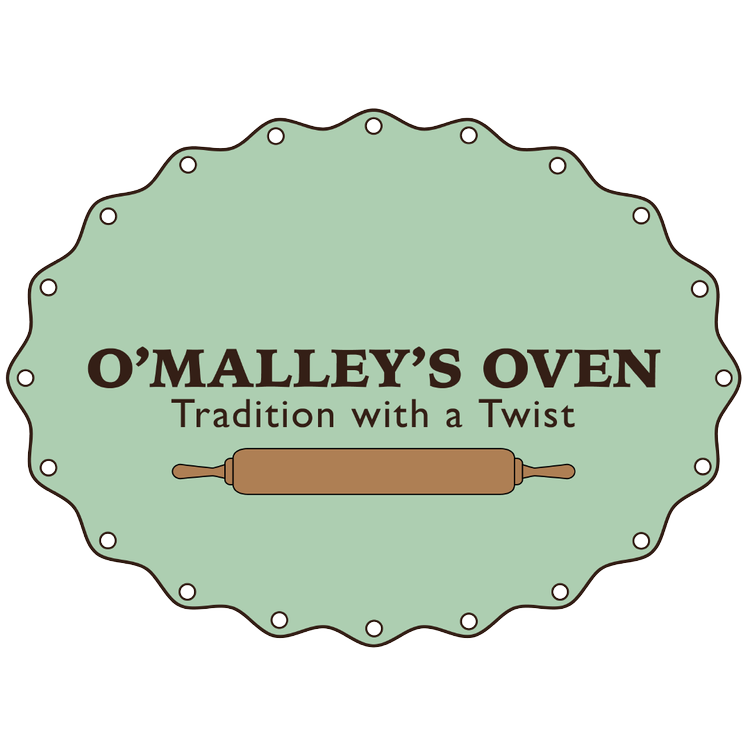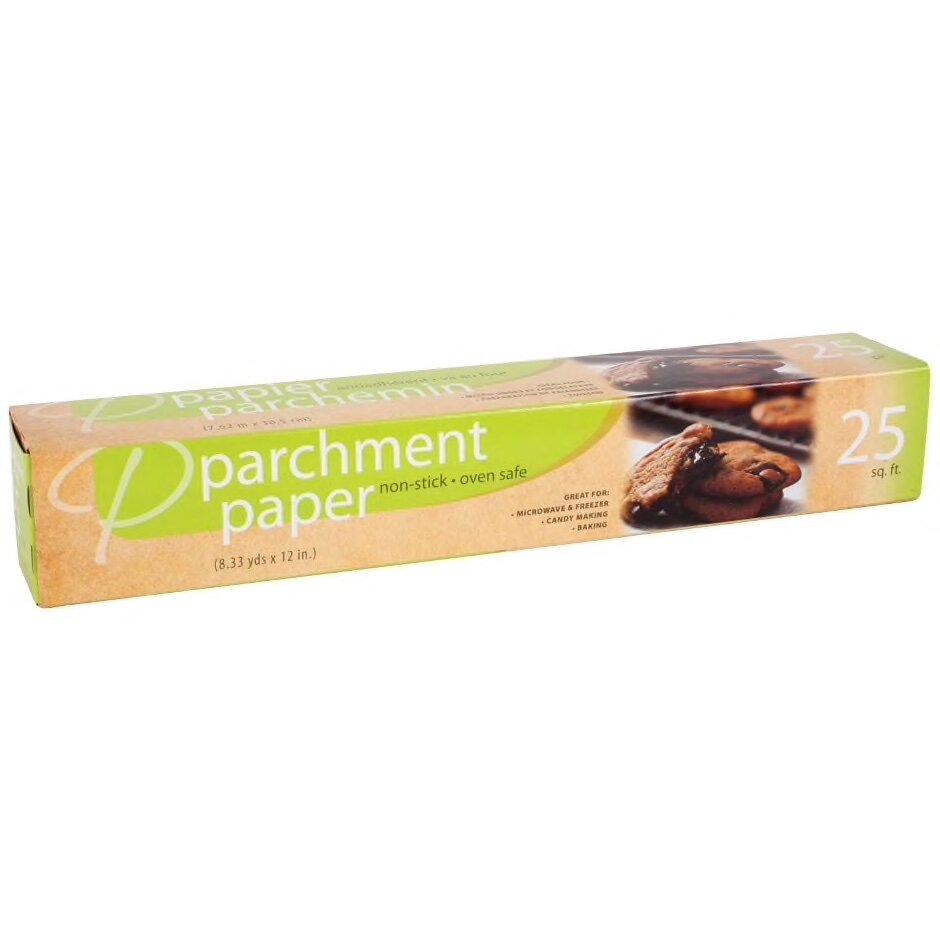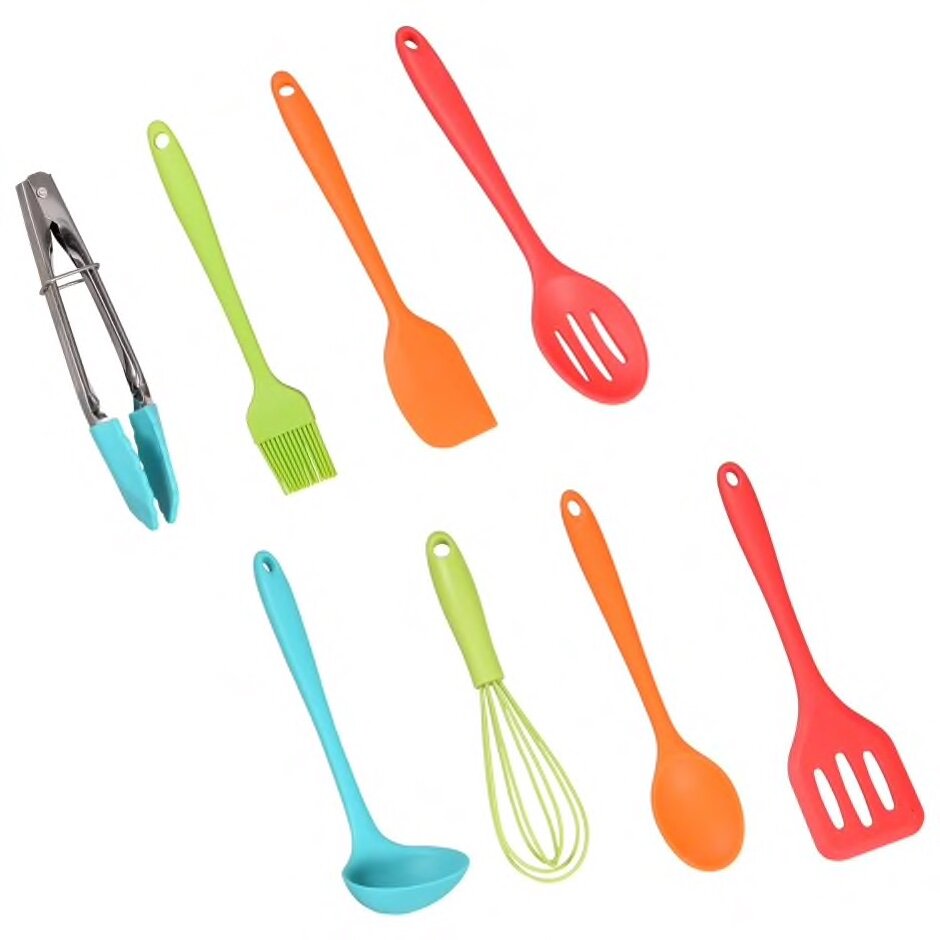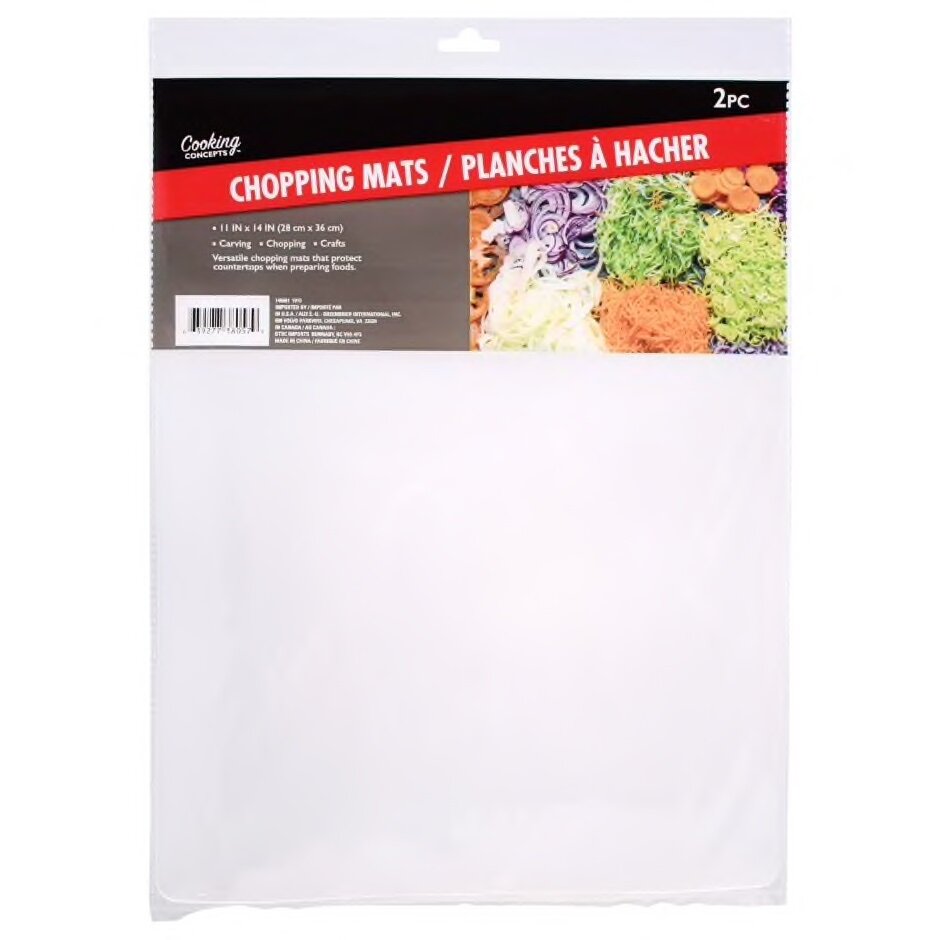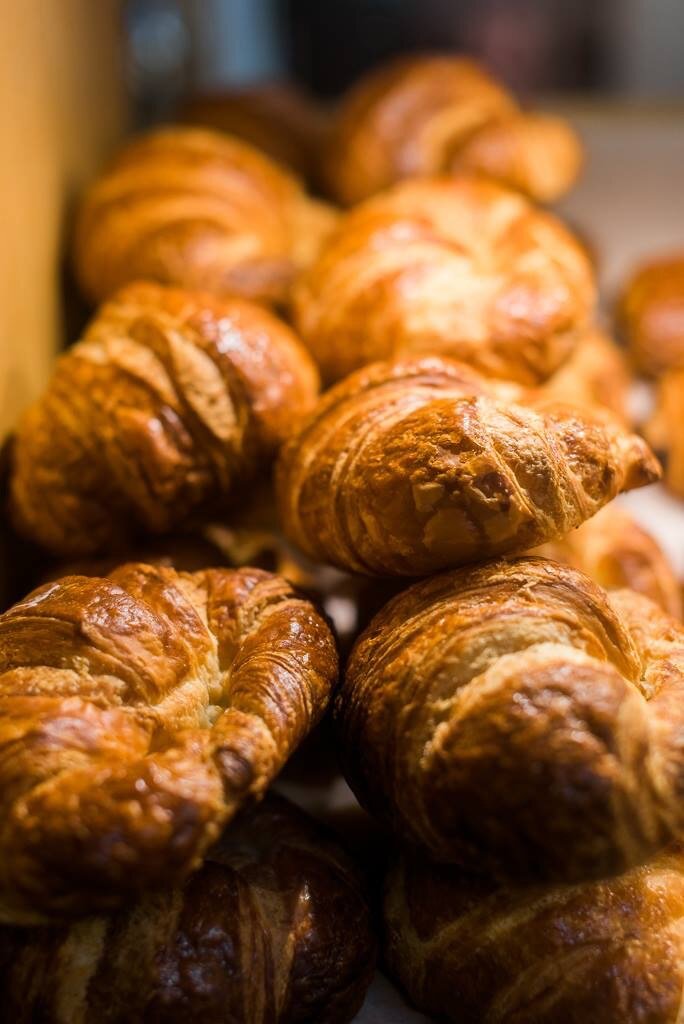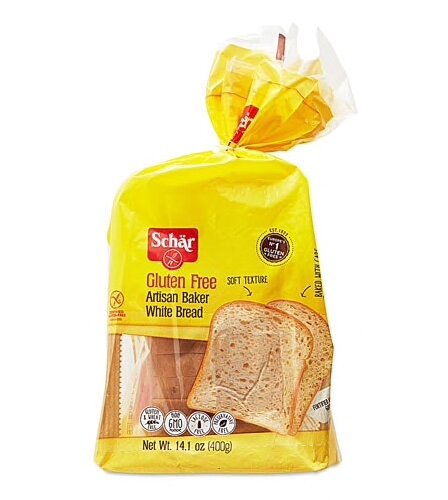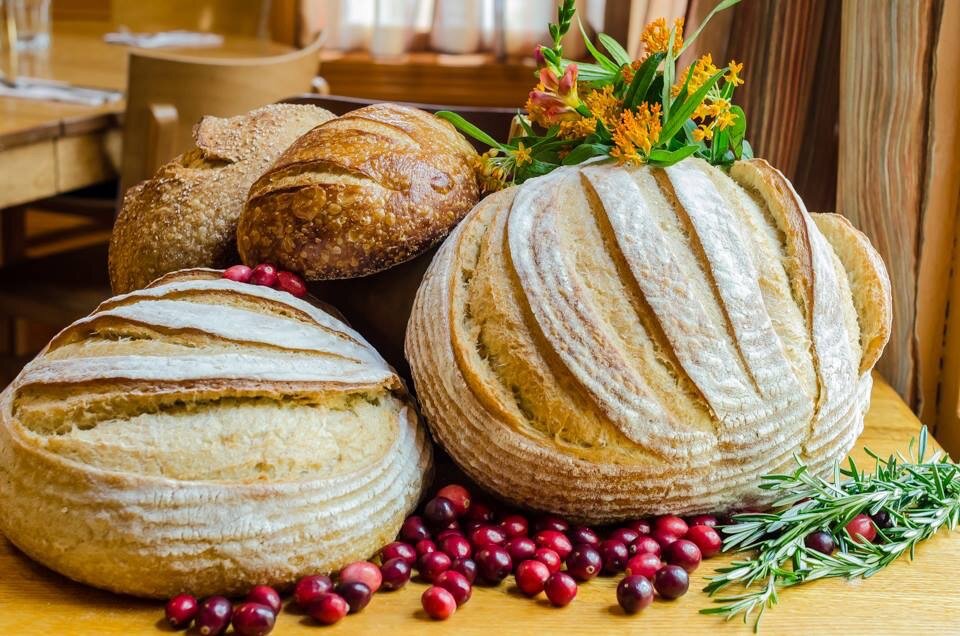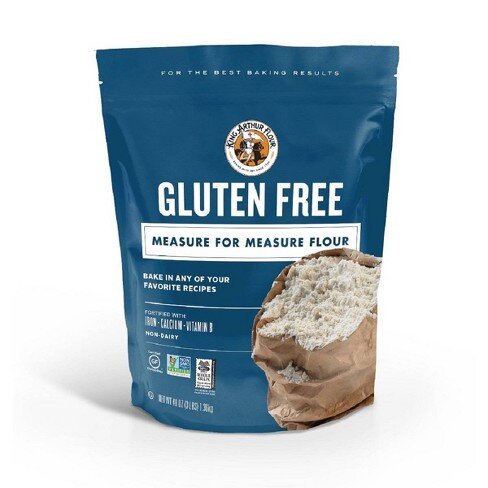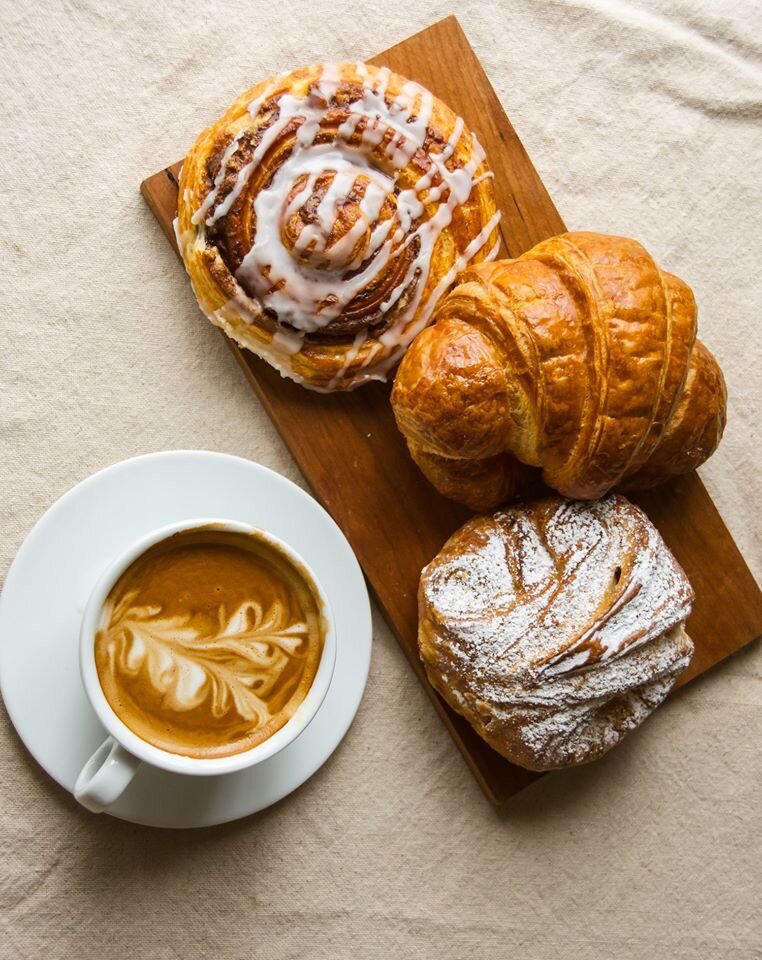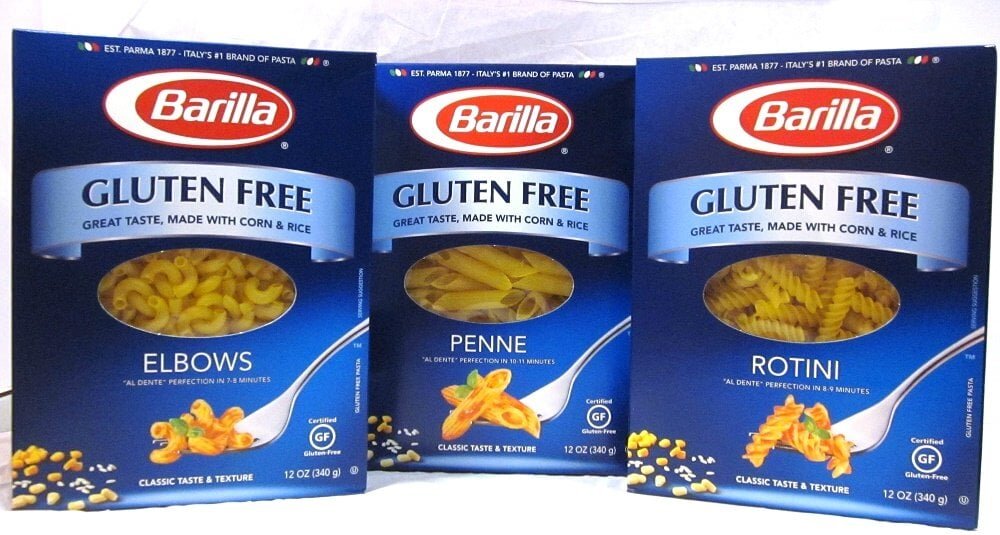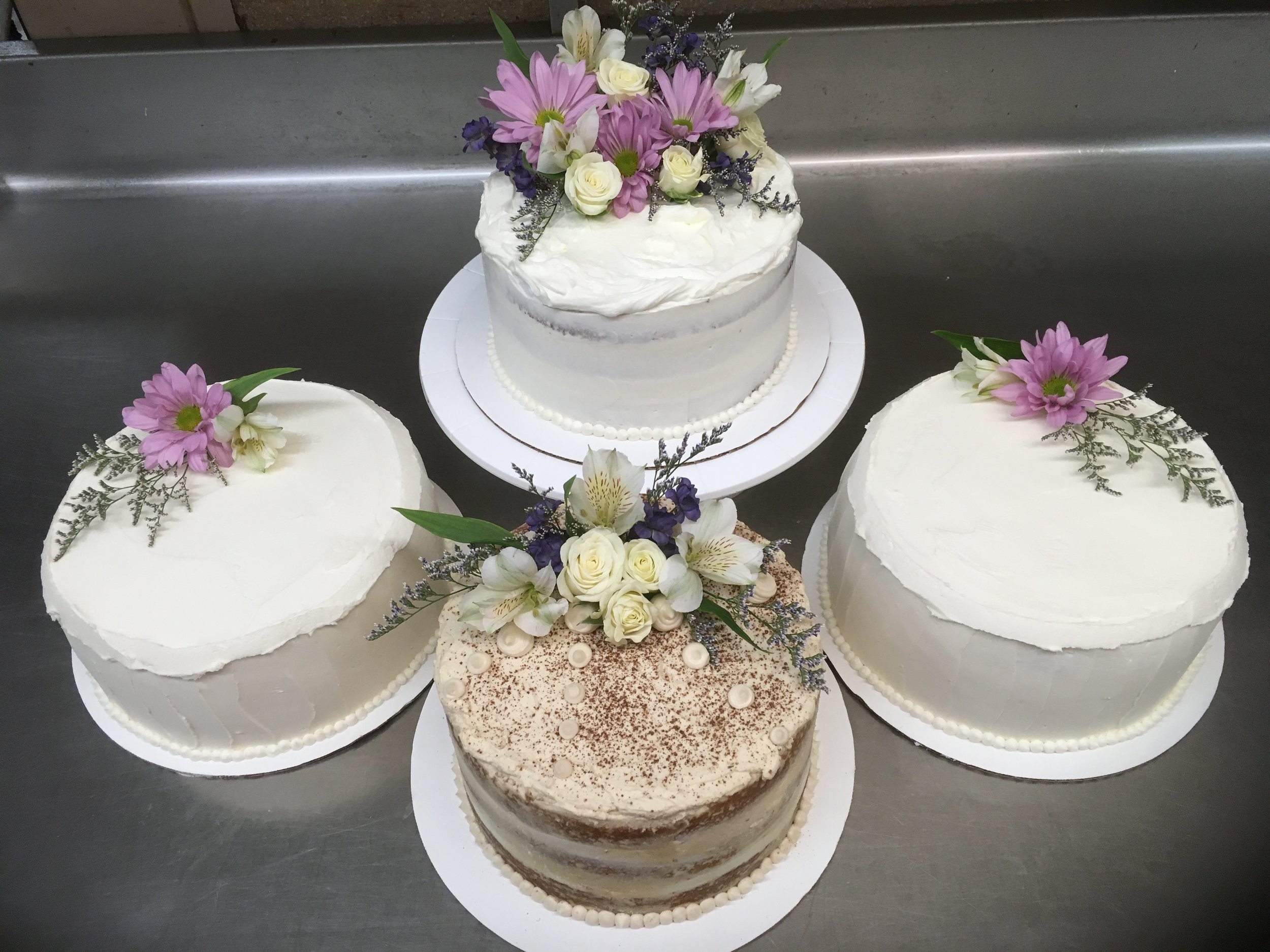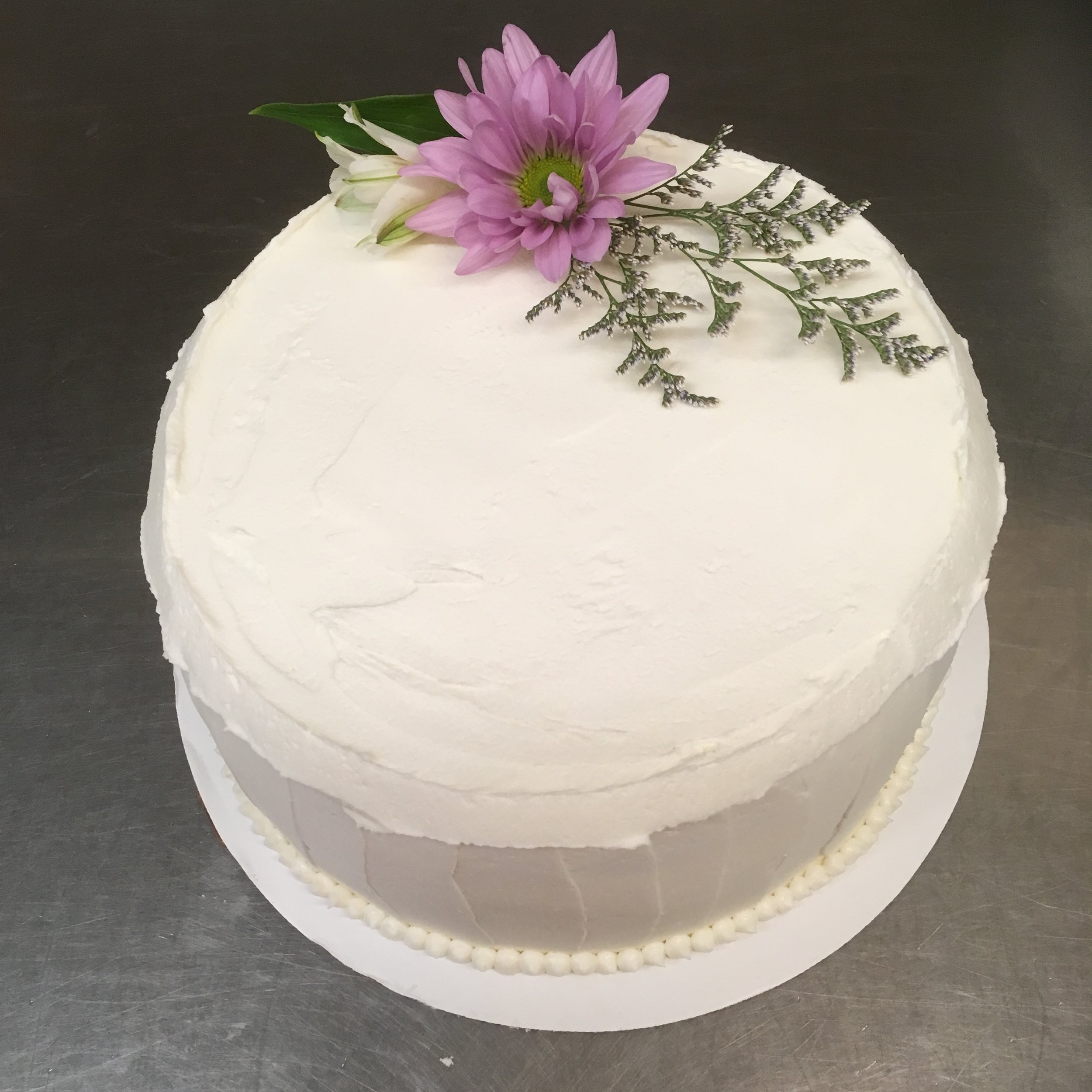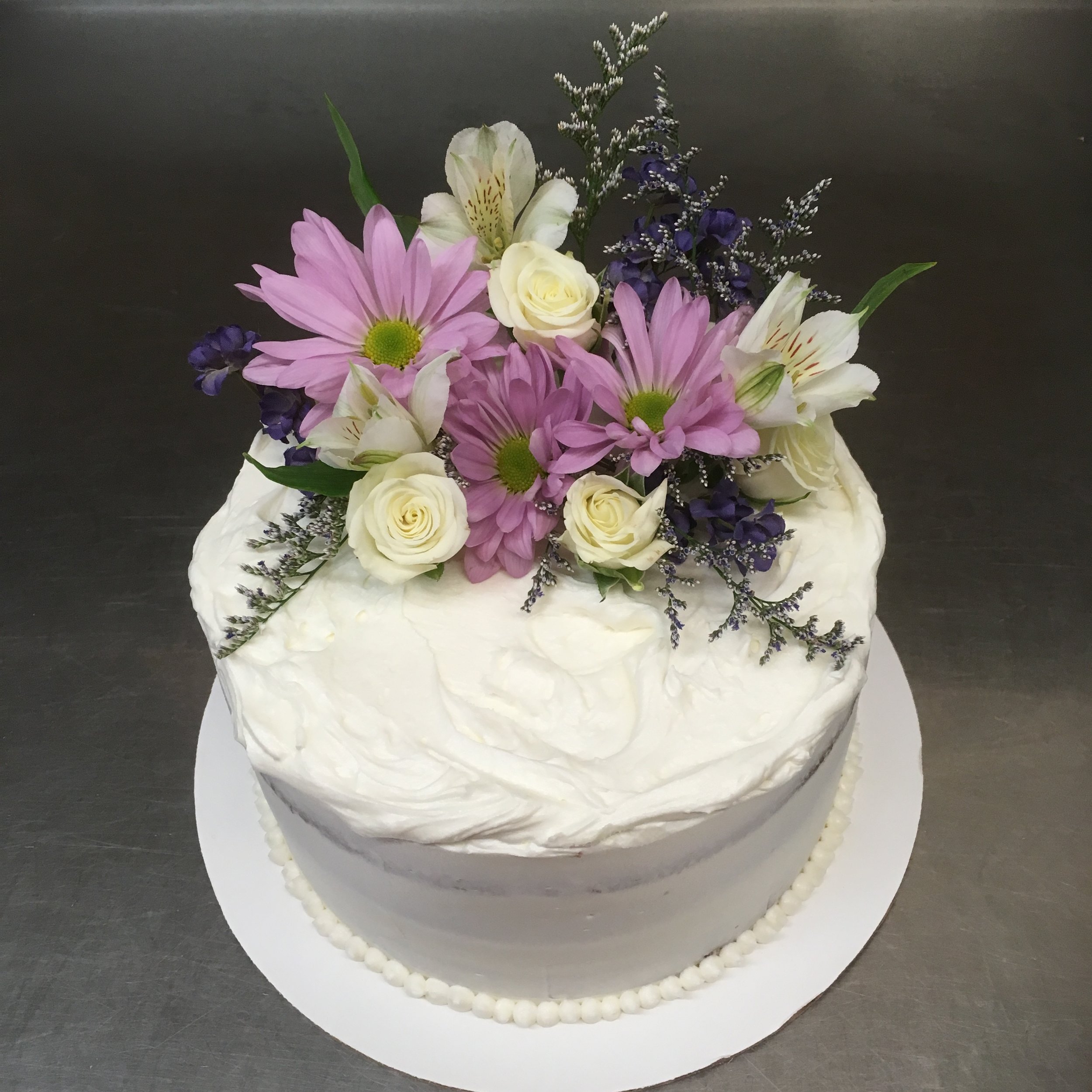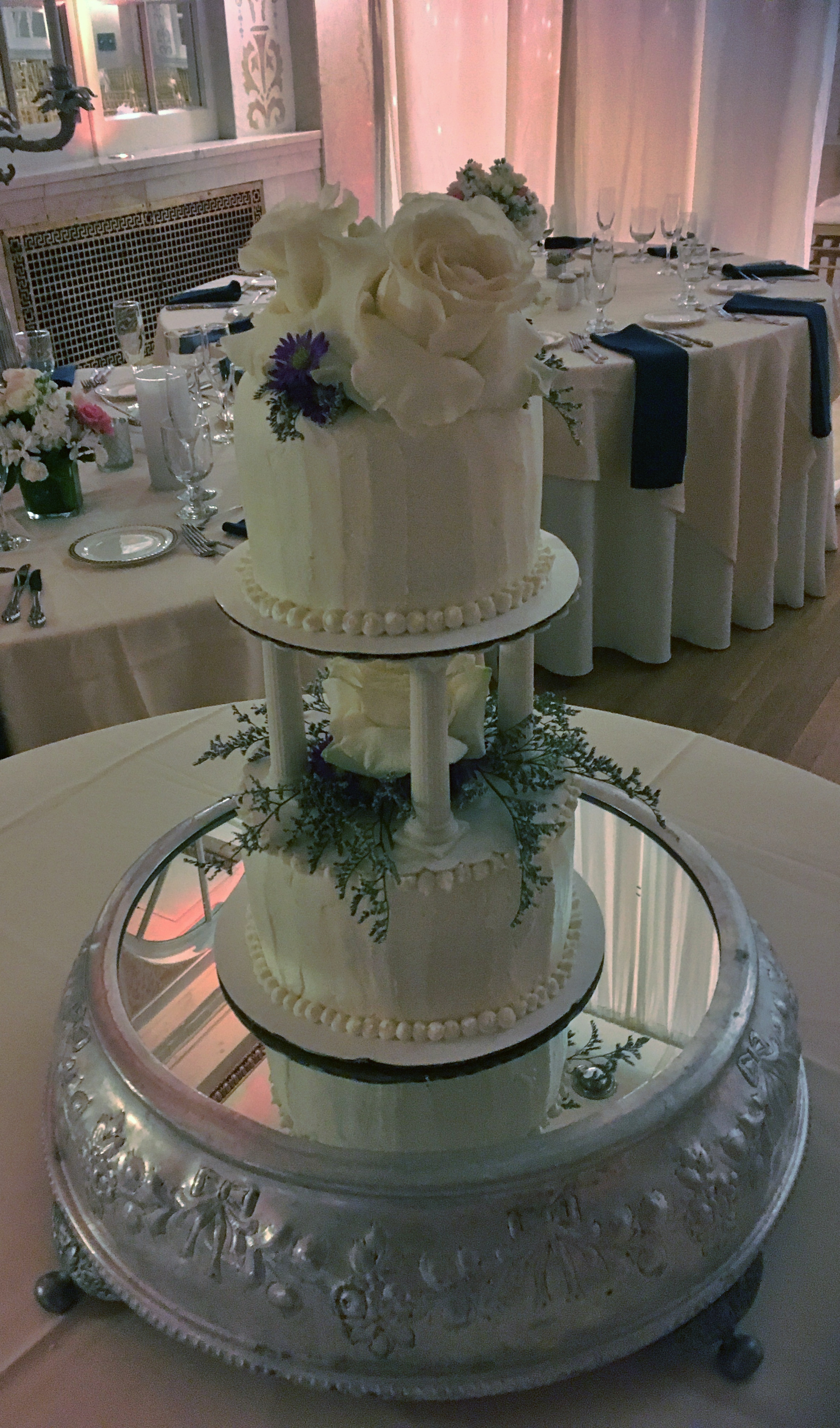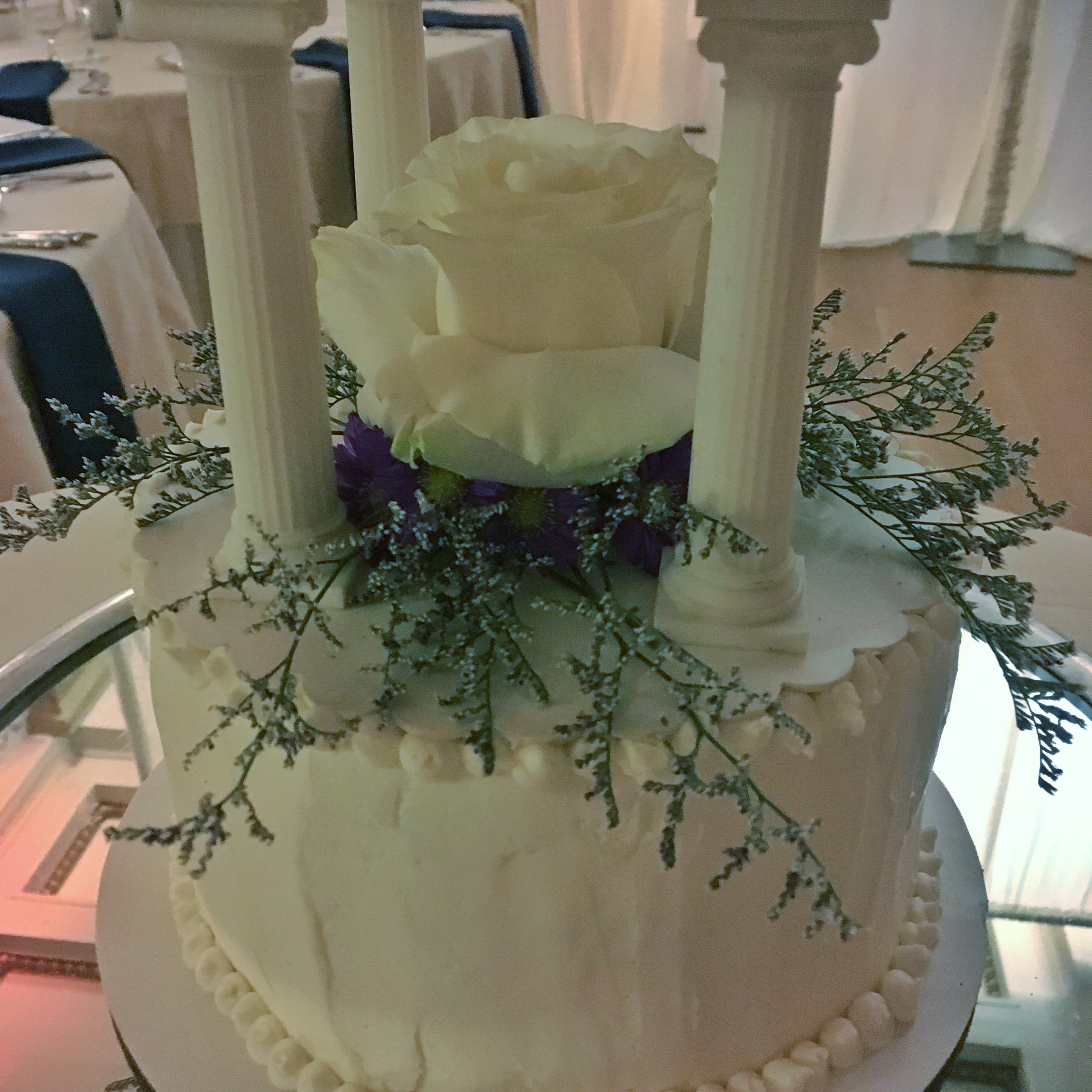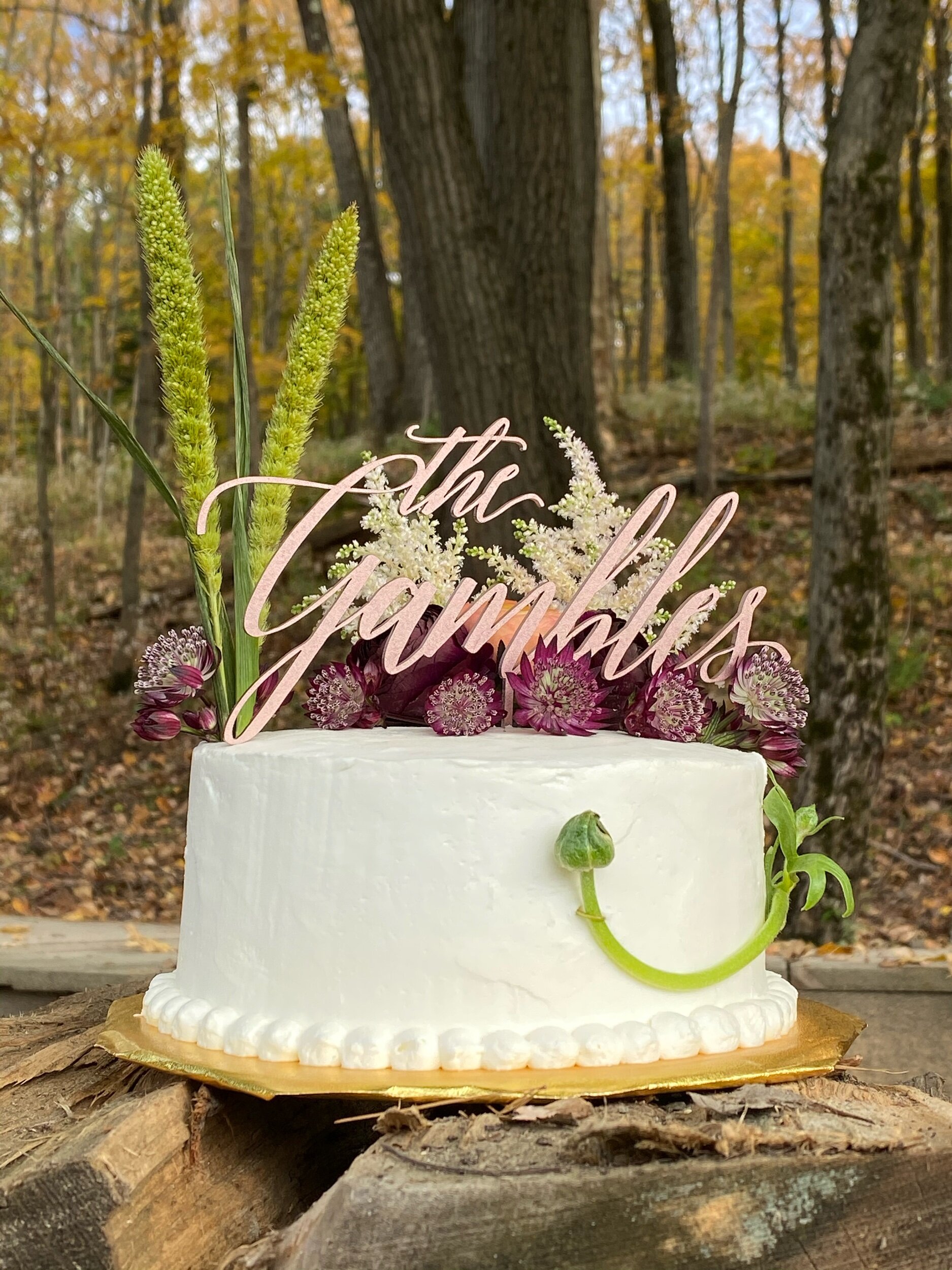Whether you’ve been diagnosed as celiac, gluten intolerant, or just want to try out gluten free to see what the buzz is about, you don’t have to feel intimidated by cooking GF! I’ll discuss how to avoid cross-contamination and break down the basics of cooking proteins, fruits & veggies, and grains that are GF safe in today’s blog post. This will just be a broad strokes overview and we’ll go more in depth in specific areas in the future.
The Kitchen
The first step to cooking GF is to know what level of GF you need. For people with celiac, an allergy, or a severe intolerance ANY cross-contamination could mean some quality bonding time with the restroom. For people who are trying out the diet or just have a mild intolerance, feel free to skip to the next section as this info won’t be relevant.
Cross-contamination can occur in so many ways and isn’t always as obvious as crumbs falling onto a plate. The first step of avoiding a gluten sneak-attack is to make sure all dishes and cutting surfaces are cleaned with soap and water (not just brushed off) before using. This is pretty easy in a GF kitchen, but if you’re in a mixed diet family it can get tricky. Here are some tips for keeping GF:
1. Keep a separate cupboard or drawer for GF utensils, dishes, cutting boards, etc., if you have the resources to do so. They don’t have to be fancy: dollar stores sell most of what I’ll mention.
2. If you’re in a mixed kitchen (with people who eat gluten), silicone cutting board mats can be a godsend. They’re fairly inexpensive and can be thrown over cutting boards or counters to quickly ensure no contamination (especially WOODEN cutting boards, which should be avoided for use with gluten and GF items: stick to plastic, stone, silicone: anything non-porous).
3. Avoid using bamboo or wooden utensils, if possible. Or buy silicone or plastic utensils (again: the dollar store sells these) to keep separately from porous utensils. Color coding with tape, nail polish, whatever is around the house, or just buying all single colored utensils will help separate.
4. Avoid wooden knife blocks: knives with gluten crumbs that are slid into the block will leave behind gluten! A magnetic knife strip on the wall is a simple alternative without the risk.
5. Cast iron should be designated gluten or gluten free because it is porous.
6. When baking, use baking mats or parchment paper to be extra safe, but washing with soap as you normally do should be fine for metal and non-stick materials. At O’Malley’s Oven we use copper baking mats to try to avoid single use waste.
7. Toasters are very hard to isolate. If possible, consider using a toaster oven or just broiling toast on the top rack of the stove. Or get a separate toaster for just GF bread if possible.
8. Colanders are difficult to clean because of all the holes. A separate colander for GF is a must-have in a mixed kitchen.
9. When in doubt, or if you’re still getting sick, wash everything twice with a fresh sponge or cloth!
It seems overwhelming, I know, but really what it comes down to is knowing your kitchen and educating the other people who use it.
GF Proteins
Proteins are naturally gluten free. As long as you buy just raw meat, seafood, beans, nuts, etc., you should be all set.
However, heavily processed foods can be a little more dicey. Of course breaded meats in the freezer section will not be GF (unless the package specifically says it is). With products like tempeh, that should be gluten free, be careful: they can have other grains or even dyes that may contain gluten.
Basically: if it’s packaged, look for “Gluten Free” near the ingredients. If you don’t see it and aren’t sure, put it back and try something else. If there aren’t gluten free alternatives (e.g. breaded chicken products), consider looking up a recipe online.
Or feel free to reach out to us at O’Malley’s Oven via email, Instagram, Facebook, etc. and we will work on creating a recipe for you in a blog post!
GF Fruits and Veggies
Fruits and vegetables get the same basic rundown as proteins: they’re naturally gluten free, but watch out for processed foods. Prepared meals can have cross-contamination risks or thickening/preserving agents that have gluten. Again, check the label for the “Gluten Free” text and, wherever possible, get the raw version.
If cross-contamination is a risk, ALWAYS wash fruits and veggies well after buying. Factories that package or ship produce sometimes use belts for products with gluten!
GF Grains
Grains are, of course, the hardest category. Barley, wheat, and rye all contain gluten: avoid them at all costs (your colon will thank you). Rice, potatoes, quinoa, corn, peas, nuts, millet, and oats are all grains that are naturally gluten free.
HOWEVER, they are frequently processed in factories that process glutinous grains. Again, check the packaging for the “Gluten Free” text and opt for raw, whole grains rather than processed. Bob’s Red Mill and King Arthur Flours both have a large selection of gluten free options, including GF all-purpose flour.
Other places to be careful are pastas, cereals, breads, tortillas, crackers, chips, granola and granola bars, and so much more. Luckily, GF awareness is very prevalent in 2019, so products will say “Gluten Free” if you know to look.
Check out these products for some great gluten free food options (products without links are made by O’Malley’s Oven):
GF Alcohol
Unfortunately, beer generally contains gluten (although Glutenberg makes some incredible GF beers if they’re available in your area).
While beer is prepared via fermentation and still contains gluten once prepared, liquors are typically gluten free because of the distillation process. During distillation, a mash of ingredients is boiled and the vapors are captured and cooled to make the liquor. Gluten will not evaporate because it is a large protein, so gluten is not present in the end product. However, some liquors contain additives or dyes that are put in after distillation and contain gluten. Since liquor facilities process grains, there can also be a risk of cross-contamination. When in doubt, Google is your friend!
Or (good news for all my fellow wino’s out there!) wine and hard cider are naturally gluten free! So grab a bag of Franzia or a bottle of J. Lohr and drink away!
TL;DR:
Eat raw, natural foods that were prepared at home where possible.
Look for “Gluten-Free” on the label of processed foods.
Drink copious amounts of wine (responsibly: Lyft is gluten free).
